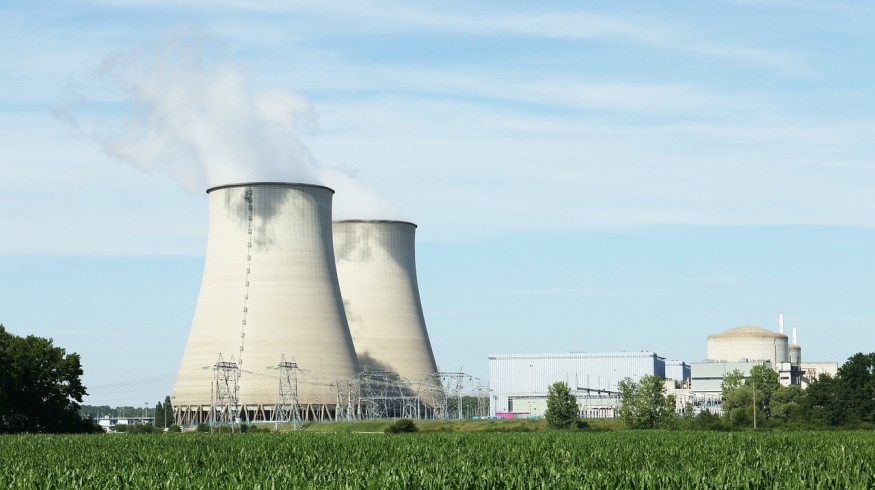US researchers are expected to present a purported "breakthrough" in nuclear fusion, asserting that break-even has been reached.
In their attempt to use nuclear fusion to provide plentiful, carbon-free energy, scientists achieved a significant breakthrough.
However, they still have a ways to go.

The "Holy Grail" of Energy
It might take at least 25 years to transition from break-even, when energy production exceeds total energy intake, to a commercial nuclear fusion reactor.
Solar and wind energy could be used to power the whole planet.
Fusion research aims to mimic the nuclear process that the sun uses to produce energy.
Scientists have been searching for the "holy grail" of carbon-free energy since the 1950s, according to The Washington Post.
Commercial usage is still at least a decade, if not decades, away.
Still, the new advancement will probably be hailed by the Biden administration as confirmation of years of significant government investment.
With the ultimate goal of producing fusion machinery that could supply electricity to the grid with no carbon footprint, no radioactive waste, and much fewer resources than it takes to harness solar and wind power, enormous amounts of public and private funding have been poured into the fusion race globally.
In addition to helping the environment, proponents claimed it might help provide affordable power to underdeveloped regions of the globe.
Going Public
The Financial Times broke the news of the development on Sunday.
Two individuals acquainted with the study, who spoke on the condition of anonymity to prevent leaking information before the formal release, verified it.
The media event emphasized "a big scientific discovery" and includes a statement from Energy Secretary Jennifer Granholm.
The lab and the department refused to comment. According to a lab spokesperson, scientists are currently polishing up their results and making public announcements on Tuesday.
How it Works
Nuclear fusion depends on fusing two atoms at very high speeds and converting the energy from that reaction into electricity that can power residences and workplaces without releasing carbon dioxide into the atmosphere or radioactive waste into the environment.
Scientists have been working with fusion reactions for decades, but they have yet to succeed in producing one that generates more energy than it uses.
Even if the accomplishment is noteworthy, there are still enormous technical and scientific obstacles to be overcome.
Leading Criticism
As the researchers claimed, nuclear fusion is neither safe nor clean, says Dr. Mark Diesendorf of the University of New South Wales via The Guardian.
Laser fusion has the potential to generate neutrons that can be utilized to create the nuclear explosives plutonium-239, uranium-235, and uranium-233, primarily when used in a fission-fusion hybrid reactor.
Additionally, it might generate tritium, a kind of heavy hydrogen used to increase a fission explosion's explosive force and reduce the size of fission bombs, making them better suited for use as missile warheads.
There are open scientific publications that include this information.
A senior fusion scientist acquainted with the work of the National Ignition Facility at the Lawrence Livermore National Laboratory said, "To most of us, this was simply a matter of time."
The study was conducted by the US National Ignition Facility, a division of the Lawrence Livermore National Laboratory, with a history of working with nuclear weapons.
For more environmental news, don't forget to follow Nature World News!
© 2025 NatureWorldNews.com All rights reserved. Do not reproduce without permission.





